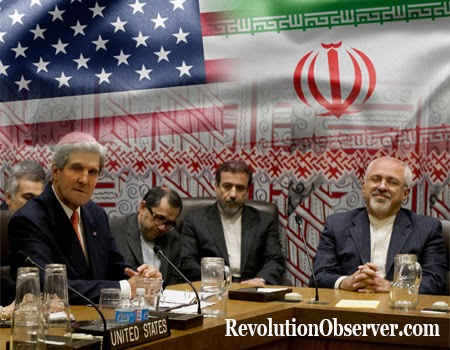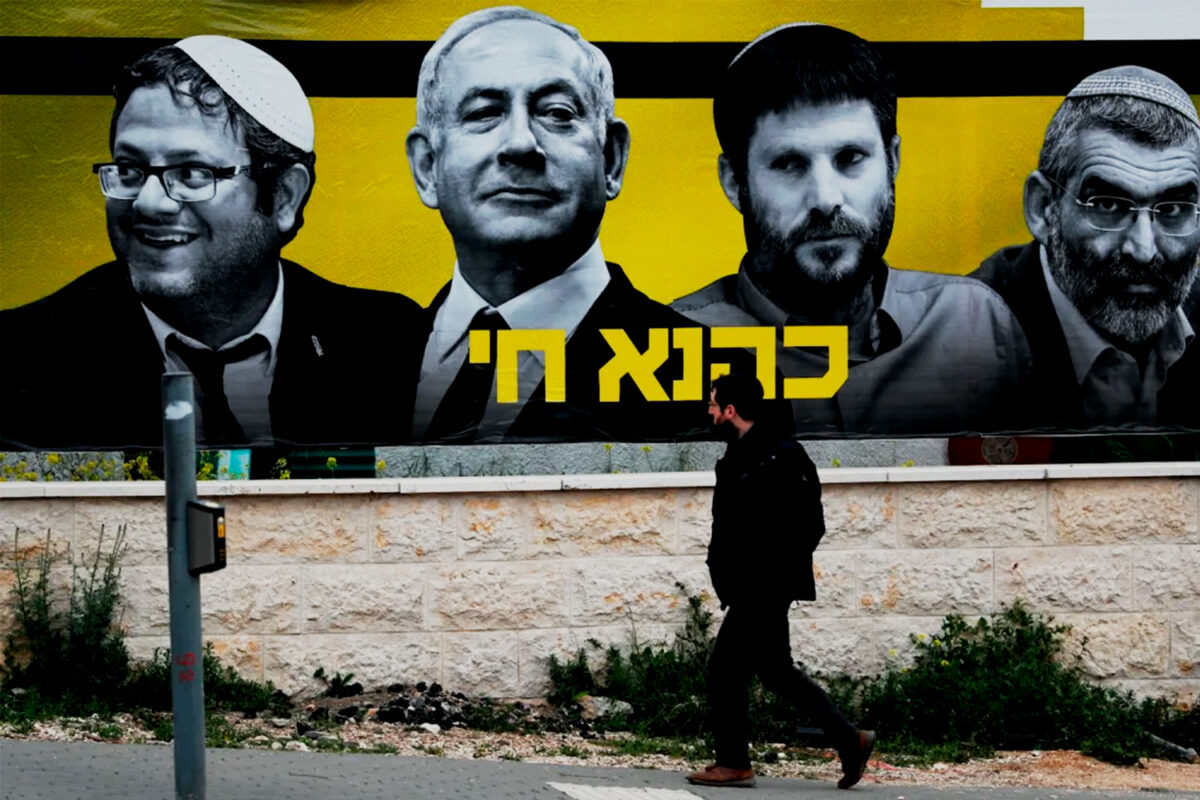By Adnan Khan
Hassan Rohani, the newly elected president of Iran, made his first trip in his new role to the 68th annual United Nations session in September 2013. His trip was scheduled to include a meeting with US president Barack Obama – the first meeting between presidents of the two countries since 1979. It was eventually reduced to a phone call between the two. The UN annual meeting took place at the same time as the foreign ministers of the two countries met for the first time to discuss Iran’s nuclear weapons programme. Rohani increased Iran’s profile with the West by departing from the rhetoric of his predecessor. As a result, these exchanges were immediately hailed as progress in US-Iran relations. US Secretary of State John Kerry even suggested that a deal on Iran’s nuclear programme could be reached relatively quickly[1]. All of this left a sense of imminent change in the air. Despite the rhetoric between both nations there are a number of issues which need to be placed into perspective when considering this latest round of talks and negotiations.
Firstly, rapprochement assumes no relationship exists between both nations and conceals the fact that both the US and Iran have been working together in the Middle East for some time. Both nations have pursued two tracks – one in the public arena and another behind the scenes. For the public, America depicts Iran as a competitor in the Middle East, who supports terror and is a threat to Israel, and its nuclear programme is not conducive to regional peace. From the viewpoint of Iran, America is the great Satan that wants to dominate Iran and the region and maintain its hegemony. However, behind the scenes both nations have worked together giving Iran a key role in the region and ensuring the US maintains its stranglehold over the region. Both the Iraq and Afghan wars have dominated America’s foreign policy in the region and Iran played a central role in securing US interests in these wars. For example, when the US was engaged in countering the insurgency in Iraq, Iran strengthened the Iraqi government, so as to give the US-backed regime firm grounding. In Afghanistan, Iranian investment and presence in North Afghanistan has played a key role in maintaining stability.
Secondly, America’s fundamental challenge is how to deal with Iran’s regional ambitions, and as a result US policy has regularly shifted between containment, engagement and military change. Iran’s ambitions to dominate the region, potentially conflicts with US aims in the region and this is America’s fundamental problem with Iran. On many occasions the US has been able to use Iran to achieve its aims in the region, however many within the US political class do not trust Iran and as a result attempts to normalise relations with Iran have never been successful due to the opposition within the political class. The quagmire in Iraq and Afghanistan forced America to engage with Iran as it needed to save itself in the region, the threats of regime change by the Neoconservative administration very quickly gave way to engagement with Iran on common issues. When President Richard Nixon worked on China in the early 1970s, he had the benefit of a broad consensus of opinion within the US political establishment. On the contrary, when it comes to Iran, this consensus does not exist.
Thirdly, Iran has worked to expand its influence throughout the Middle East and developed a whole host of political plans to achieve this. Iran established Hizbullah in Lebanon in the early 1980’s and continues to extend its support through training and arms. Similarly in Palestine the Iranian regime has armed Hamas. The clerical regime has deepened relations with the Alawite regime in Syria and also made itself the official representatives of the Shiite globally and has used this as a pretext to interfere in countries with significant Shiite populations such as Afghanistan, Saudi Arabia, Bahrain and the other Persian Gulf states. Under the clerical regime, Iran has extended its influence into Afghanistan in the Asian Subcontinent all the way to the Mediterranean coast covering Syria and Lebanon.
Fourthly, whilst Iran and the US have many differences on a variety of matters, both are pragmatic and are prepared to work with each other if it secures their strategic interests. In Iraq and Afghanistan both nations have the same interests in maintaining stability and their influence in these countries. For the US it achieves its interests in the Middle East by creating a balance of power through supporting different nations against each other. The US needs to contain Israeli expansion in the region, for which Iran is used, it also needs to contain Iranian ambitions for which the US uses Israel. To stem both nations the US supports Saudi Arabia, who in turn supports and provides arms to groups in the region against both nations. This ensures the US doesn’t need to militarily intervene. This also explains why the US has always been against Israel’s continued push for military strike on Iran’s nuclear installations as this would significantly strengthen Israel. Iran’s policy has shifted between not trusting the US and trying to engage with the US, in order that it is taken seriously in the region.
In conclusion It has almost become an annual event of both Iran and the US sprouting accusations about each other only for this to turn into some type of talks. Such talks have been on-going since the start of the 21st century and little progress has been made. In parallel to this, Iran and the US work together in the Middle East on core strategic issues, despite their continued rhetoric against each other. Mahmoud Ahmadinejad in his interview with the New York Times during his visit to the United Nations Summit in September 2008 exposed Iran’s real position: “Iran has extended its hand of cooperation to the United States on the issue of Afghanistan…and our country has given assistance to the US in restoring peace and stability in Iraq.”[2] Whilst it remains to be seen how much can be made out of this latest attempts in rapprochement, the reality is Iran and the US have for long been in a marriage of convenience.






0 comments
Anonymous
30th October 2013 at 12:22 pm
This article is conspiracy against IRAN, the only resistance left in the Islamic world
ibn ubaidullah
26th November 2013 at 10:31 am
Resisting Islam in the Islamic world